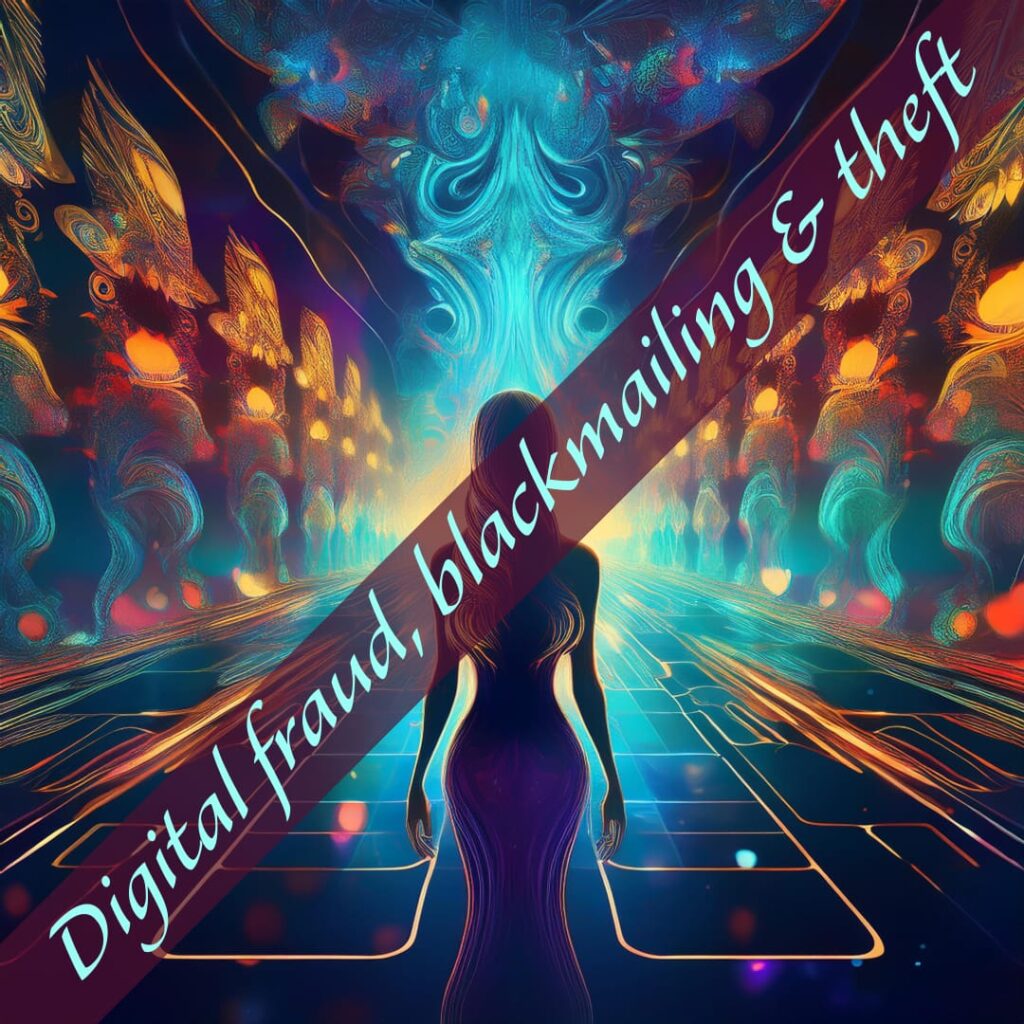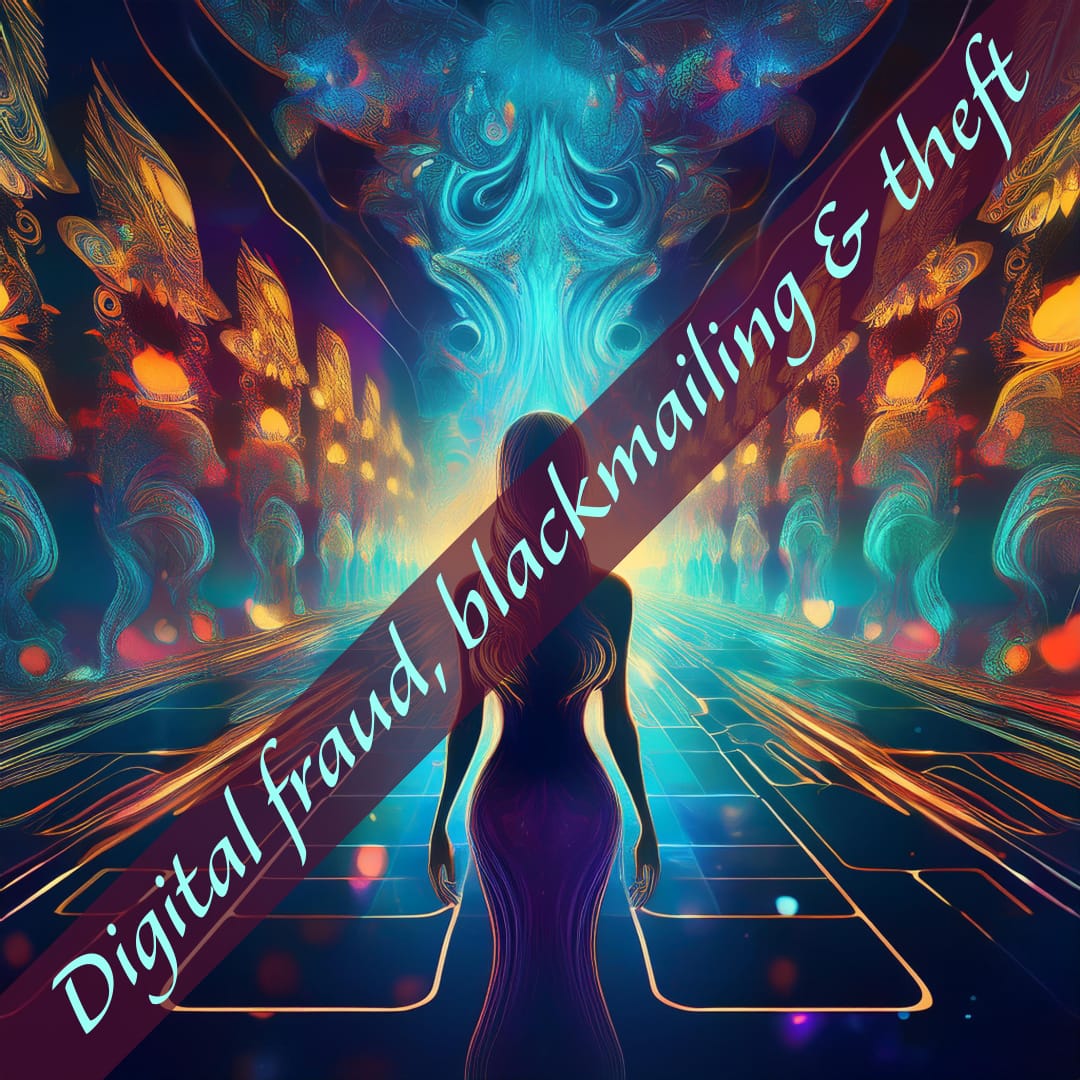Types of Digital Fraud
1. Phishing Scams: Fraudsters impersonate legitimate companies to steal personal information. Victims often receive emails asking for sensitive data, leading to account breaches.
2. Ransomware Attacks: Cybercriminals lock users out of their systems and demand payment to restore access. For example, the WannaCry attack in 2017 affected hundreds of thousands of computers globally.
3. Identity Theft: Personal information is stolen to create fake accounts. A notable case was the Equifax breach in 2017, exposing millions of sensitive records.
4. Investment Scams: Fraudsters promote fake investment opportunities, like cryptocurrency schemes. One case involved BitConnect, which defrauded investors out of $1 billion before collapsing in 2018.
5. Credit Card Fraud: Cybercriminals use stolen card information to make unauthorized purchases. In 2020, a group was caught stealing millions by using skimming devices on ATMs.
6. Online Auction Fraud: Scammers sell non-existent items on platforms like eBay. Victims pay upfront but receive nothing. In 2019, a scammer was arrested for defrauding dozens.
7. Tech Support Scams: Victims receive fake calls from “tech support” claiming issues with their devices. They are tricked into giving remote access or paying for unnecessary services.
8. Romance Scams: Scammers create fake profiles on dating sites to exploit emotional vulnerabilities. In 2020, a woman lost $2 million to a scammer posing as a soldier.
9. Cryptocurrency Scams: Fraudulent schemes promise high returns on cryptocurrency investments. One high-profile case involved a Ponzi scheme that defrauded investors of $25 million in 2021.
10. SIM Swap Fraud: Criminals hijack a victim’s phone number to gain access to sensitive accounts. In 2019, a group was caught after stealing $15 million from various victims.
Notable Caught Thieves
• Kraig S. Duval: In 2020, Duval was arrested for running a Ponzi scheme involving cryptocurrency investments, scamming over $3 million.
• Jared M. Baird: In 2021, Baird was convicted for his role in a tech support scam that defrauded individuals out of millions.
These examples illustrate the diverse landscape of digital fraud and highlight the importance of vigilance and cybersecurity awareness.

Common Digital Frauds Targeting Vulnerable Groups
1. Phishing Scams: Often targeting digitally challenged individuals like parents, scammers send fake emails or messages that appear legitimate, asking for personal information or login details. For instance, parents might receive an email that looks like it’s from their bank, prompting them to verify their account.
2. Ponzi Schemes: Many schemes promise unrealistic returns, preying on the credit-hungry youth. An example is the BitConnect scam, where young investors were promised high returns for investing in cryptocurrency, ultimately losing millions when the scheme collapsed.
3. Tech Support Scams: Fraudsters contact vulnerable individuals, claiming there’s an issue with their computer and offering help. For example, parents might receive a call claiming to be from a well-known tech company, leading to unauthorized access to their devices.
4. Investment Scams: These target both youth and the elderly with fake investment opportunities, often in real estate or cryptocurrencies. One notable case is the OneCoin scam, which duped many investors globally.
5. Fake Lottery or Prize Scams: Scammers inform victims they’ve won a prize but must pay fees to claim it. This targets individuals who may not be financially savvy, tricking them into paying upfront.
Conclusion
These examples illustrate how digital fraud schemes exploit vulnerabilities, particularly among digitally challenged individuals and financially eager youth. Awareness and education are crucial in mitigating these risks.




